Art Deco clock tower revamp makes up for lost time
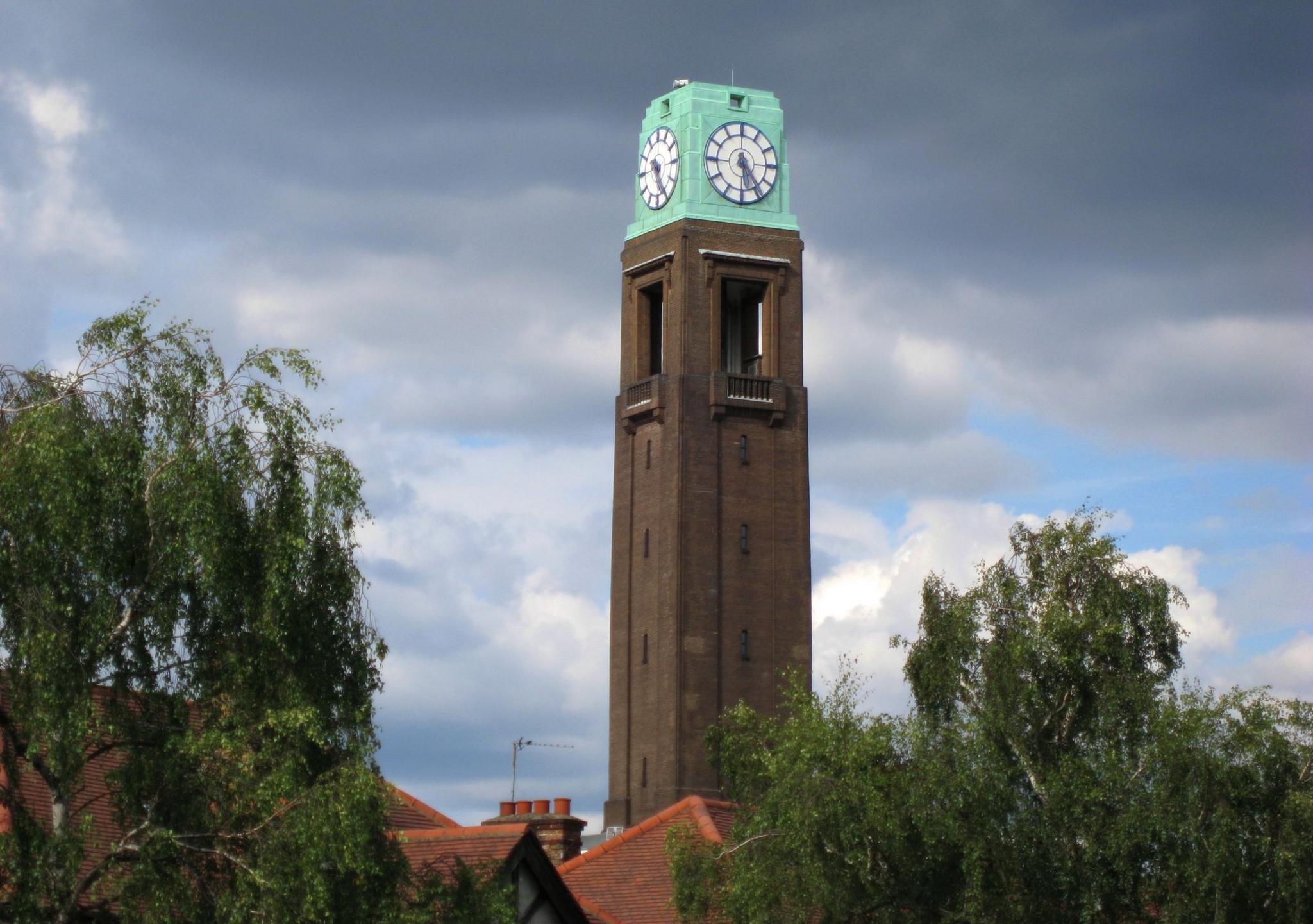
The tower became a landmark for those driving along the A4
- Published
The Gillette Clock Tower, one of most recognisable Art Deco structures in London, has been restored to working order after a successful restoration project.
The 150 ft (45m) structure is regarded as an important piece of the capital's industrial heritage, as part of the former American razor brand Gillette's factory in Brentford, west London.
Hounslow Council said the local landmark, which had fallen into disrepair, also played an important role during the Second World War, when it was used as a lookout point to spot enemy planes.
Now it has been renovated over seven months by a partnership between the council and record label The Vinyl Factory, leaseholder of the Gillette Building.

The clock tops a 150ft (45m) tower that is regarded as a local landmark
The restoration required skilled clockmakers to work on the rare timepiece and some components had to be specially made from scratch to ensure historical accuracy, said the council.
The Grade II listed industrial building, including the tower, was designed by architect Sir Banister Flight Fletcher and constructed between 1936 and 1937.
Lit up at night, its Art Deco and modernist design features were visible from some distance away, and it became a landmark for those driving along the Great West Road, opened in 1925 and now part of the A4.
The area known for centuries as Syon Hill or Syon Lane came to be referred to as Gillette Corner.
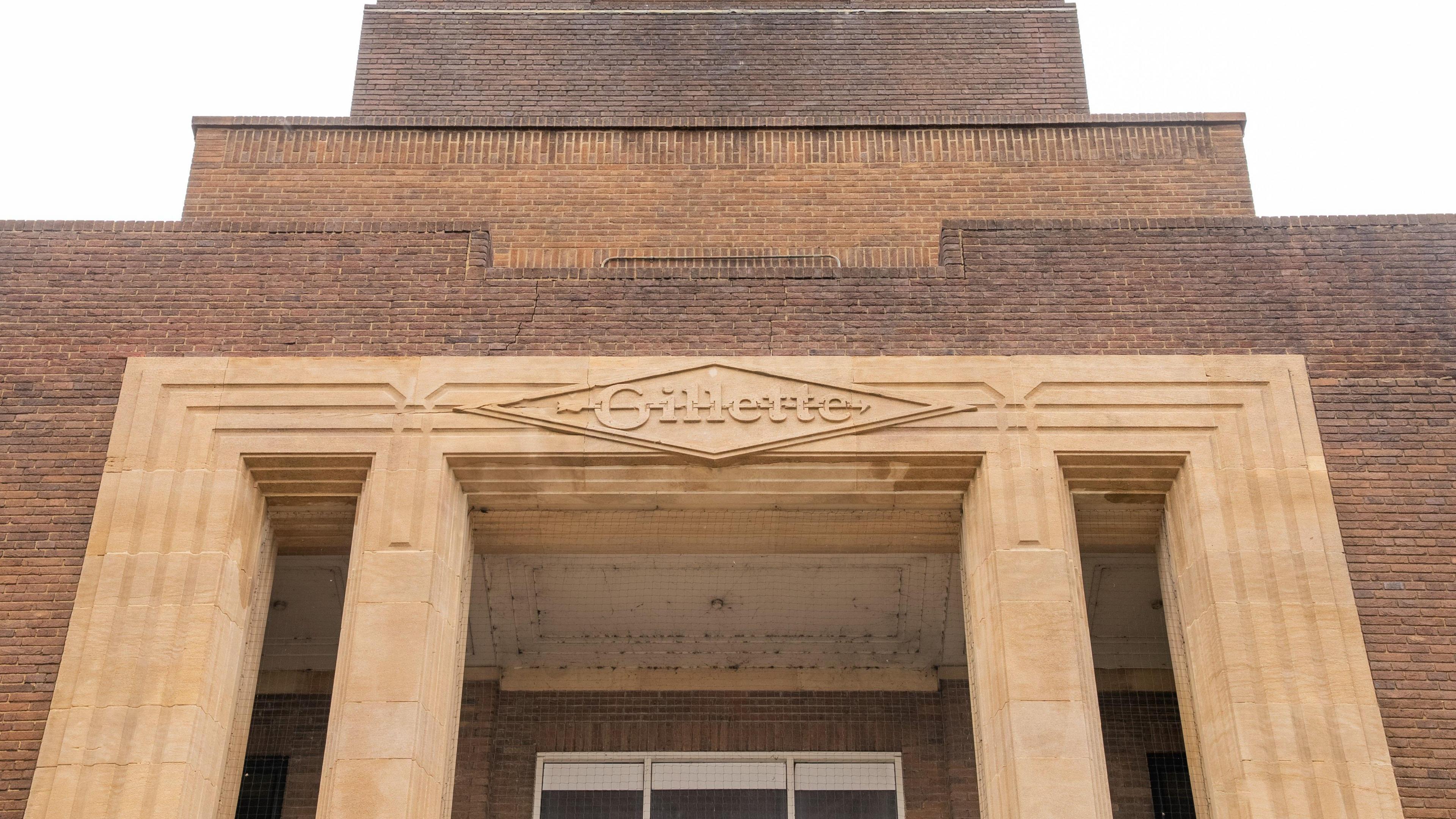
The factory and corporate offices complex was Gillette's European headquarters
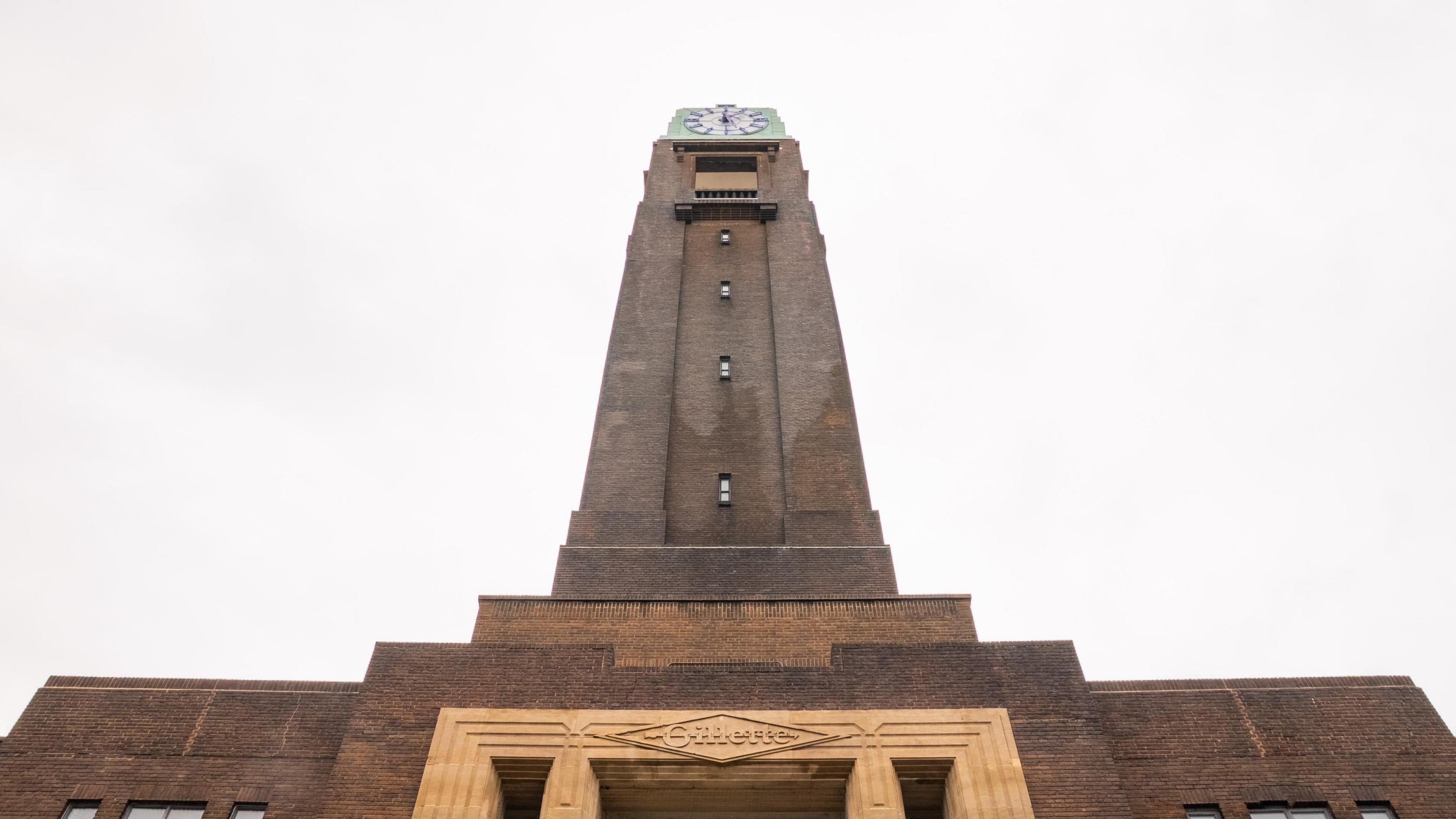
The former factory continues to dominate Gillette Corner at the western end of the Great West Road
The factory and corporate office complex was the American razor company's European headquarters from the end of the 1930s until 2006, when Gillette left the site as part of a relocation of its manufacturing to Eastern Europe.
This ended a 70-year association with the area, but the brand name persisted.
The former factory continues to dominate Gillette Corner at the western end of the Great West Road's manufacturing and office complexes – dubbed the Golden Mile and opened in 1925.
The area is now undergoing a renaissance amid Brentford's Golden Mile Centenary (GM100) celebrations, external.
GM100: A Century of the Golden Mile is a described as "a bold centenary programme marking this transformation - past, present and future - through exhibitions, public art, storytelling and collaboration".
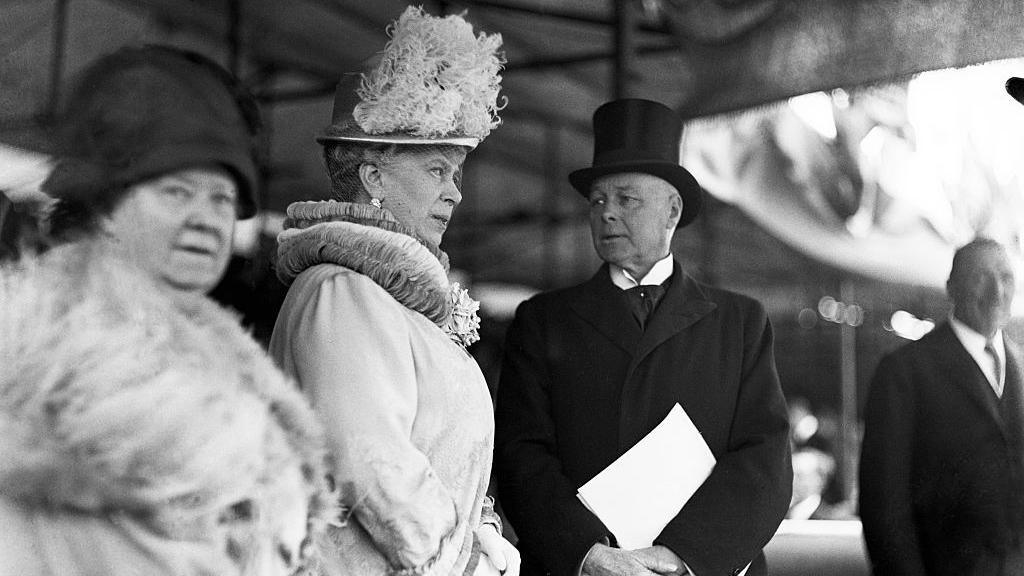
Queen Mary with Home Secretary Sir William Joynson-Hicks at the opening of the Great West Road in 1925
Leader of Hounslow Council Shantanu Rajawat said the restoration of the Clock Tower is "a powerful symbol of what the Golden Mile Centenary is all about, honouring our past, celebrating our identity, and looking confidently to the future."
He added: "As one of west London's most iconic landmarks, the tower stands as a reminder of the area's rich industrial and wartime history, and a beacon of its ongoing transformation.
"Bringing the clock back to life speaks to the spirit of innovation and renewal that has defined the Golden Mile for the last 100 years and will continue to define it for the next 100."
In March, Hounslow Council approved plans to turn the Gillette Building into a state-of-the-art film and digital production studio.
The plans include six large sound stages, offices, workshops, and a public café.
While key historic buildings will be preserved and refurbished, several non-listed structures will be demolished.
Despite concerns from Historic England, Sky, and Transport for London about visual impact and traffic congestion, the proposed development was accepted following design revisions and proposals for transport improvements.
The plans, which aim to make Hounslow a hub for creative enterprise, will need final approval from the Greater London Authority.
Listen to the best of BBC Radio London on Sounds and follow BBC London on Facebook, external, X, external and Instagram, external. Send your story ideas to hello.bbclondon@bbc.co.uk, external
Related topics
Related stories
- Published30 March
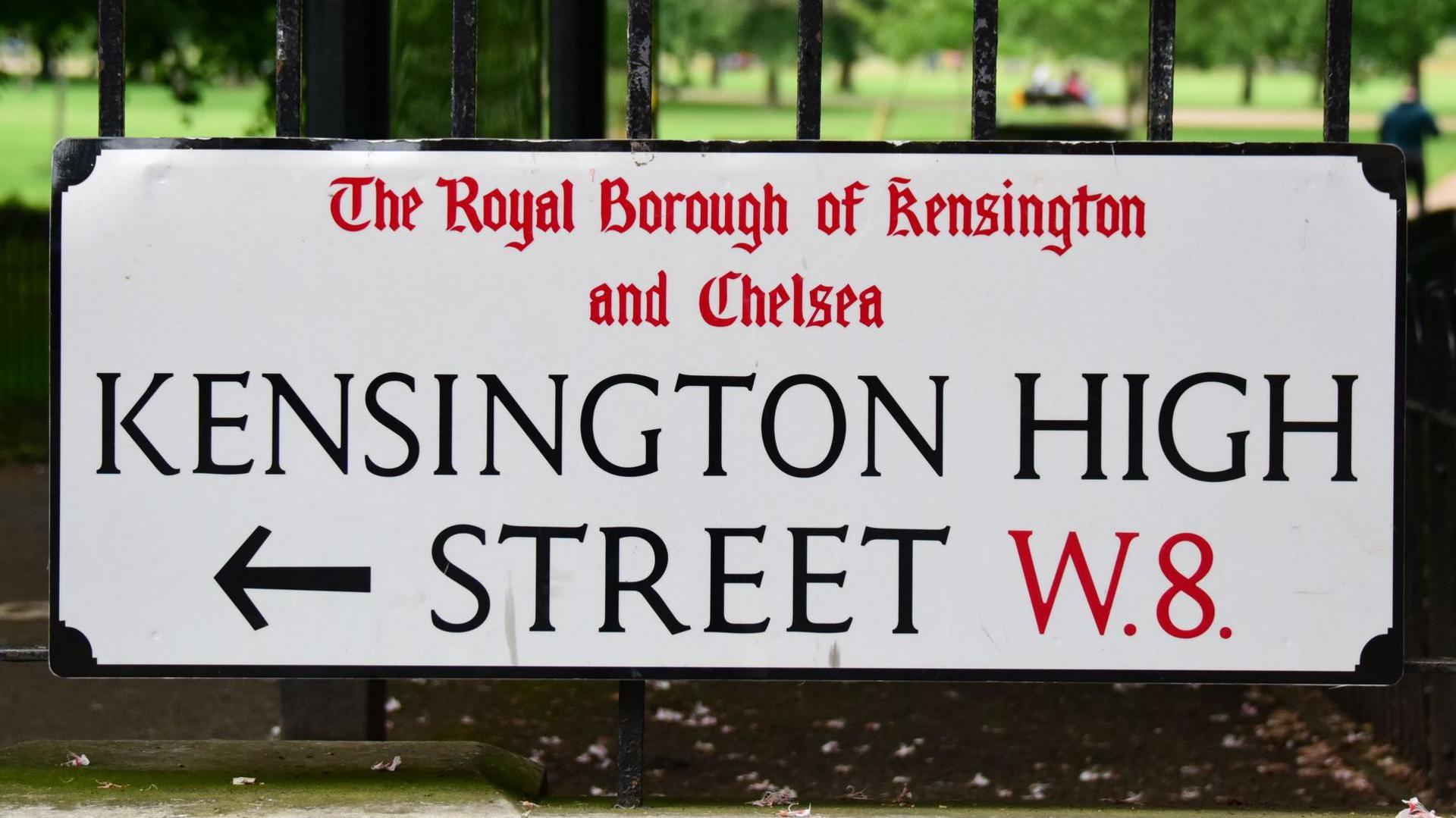
- Published12 April
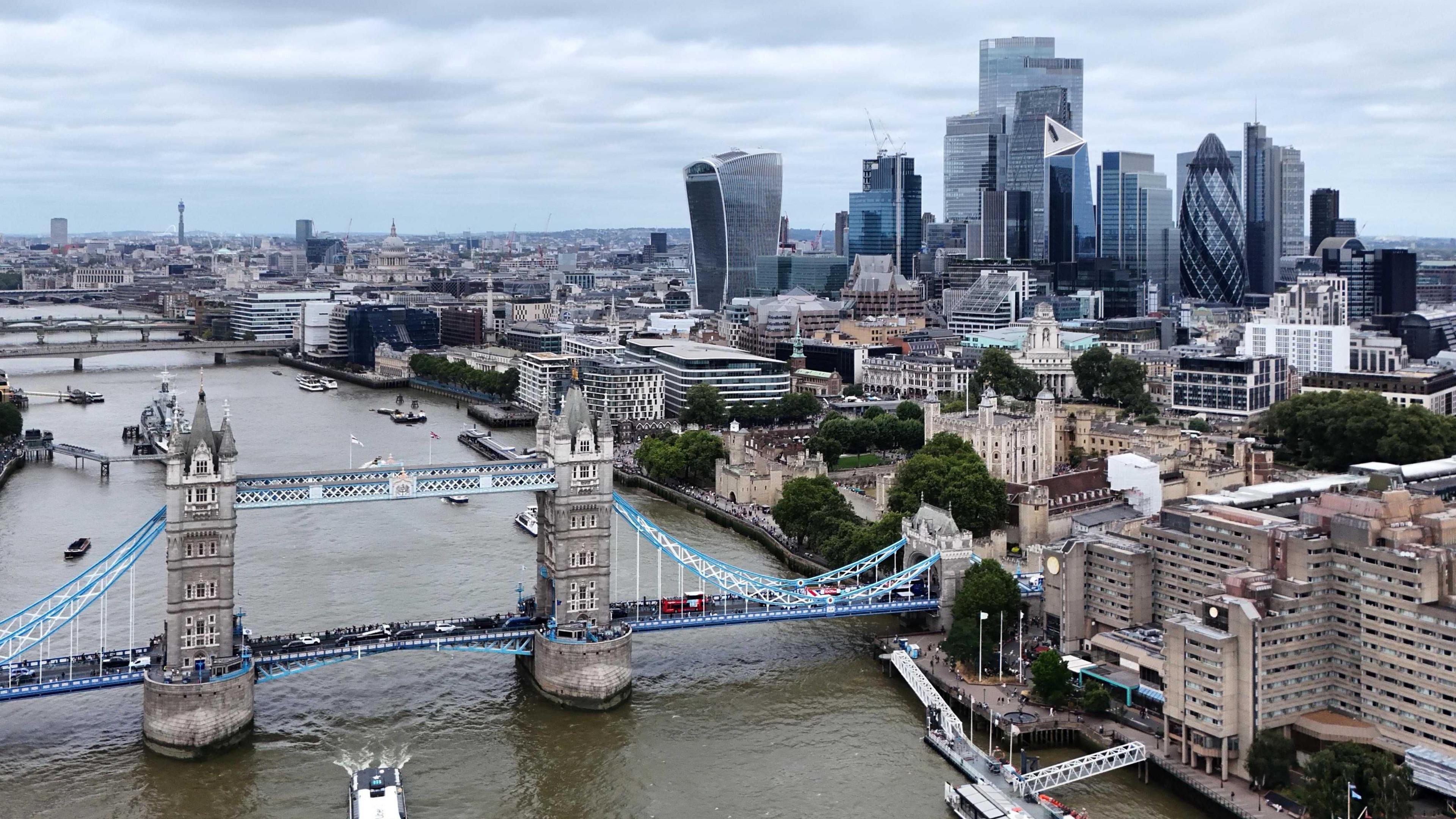
- Published28 July 2024
